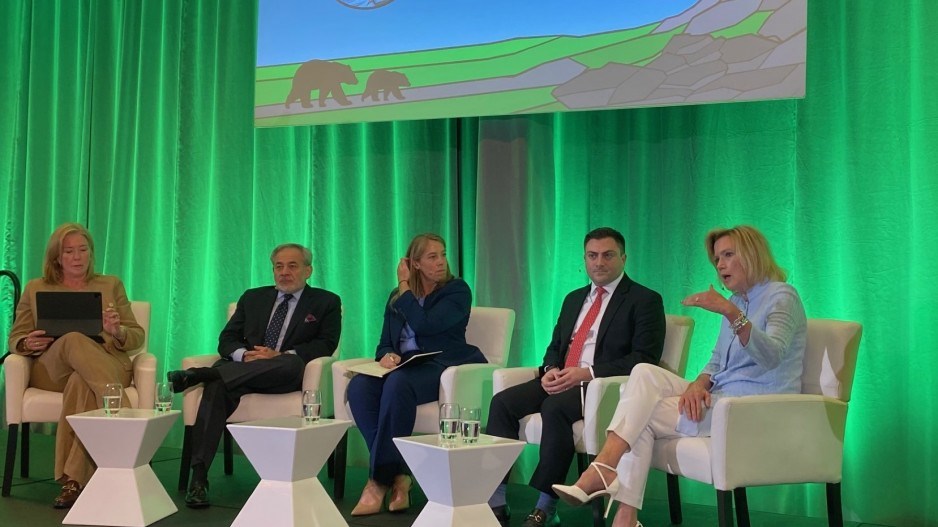Prior to Russia invading Ukraine in February 2022, European banks wouldn’t touch fossil fuel projects like liquefied natural gas and the International Energy Agency (IEA) said no new major oil or gas field developments or large LNG projects would be needed beyond what was already in the development queue.
Commitments by governments around the world to decarbonization led investors and lenders to worry that any investment in fossil fuels of any kind might result in stranded assets, as renewables overtook legacy energy systems.
But the war in Ukraine has upended energy markets and refocused the conversation from one that was almost exclusively focused on decarbonization to one that now also includes energy security and affordability.
Over the past year, European banks have started financing fossil fuel projects, attendees at the LNG2023 conference this week in Vancouver heard, and the European Union in recent months has moved to designate both nuclear power and natural gas as sustainable and green.
More gas field development and new LNG projects may be needed after all, depending on how successful or unsuccessful countries are at meeting net zero targets, and depending how much natural gas is eventually lost from Russia.
Wood Mackenzie is now forecasting the need for an additional another 100 million tonnes per annum of LNG production capacity by the mid-2030s -- a 25 per cent increase to the current supply.
“Much of this demand will be in Asia, where China and several other emerging economies are looking to rely more heavily on gas as they switch away from coal," Wood Mackenzie said in its forecast.
“It’s really hard to find anything good about the invasion of Ukraine,” Dena Wiggins, CEO of the Natural Gas Supply Association, said Monday at a session called Financing the Next Wave of LNG.
“But to the extent there is one little piece of a silver lining, I think it does and has served to shine a spotlight on the importance of energy security. And that's, I think, much more in the conversation than it was. I think the other aspect that is coming into the conversation more and more is affordability."
During the pandemic, when demand for all fossil fuels fell, there was some question whether the demand would ever fully return.
“There was a lot of discussion in the early days of the pandemic about production being on the decline,” Wiggins said. “The good news is that we have come roaring back.”
“This is a pivotal time for our industry, as we face issues around energy security, sustainability and affordability, and that means a significant buildout of LNG projects is needed to close the gap between demand and supply,” said Michele Harradence, executive vice president of Enbridge Inc. (TSX,NYSE:ENB), which owns a 30 per cent stake in the $5 billion Woodfibre LNG project in Squamish.
In B.C., there are five LNG projects of various sizes in various stages of development (LNG Canada, Woodfibre LNG, Cedar LNG, Ksi Lisims LNG and FortisBC’s Tilbury Island expansion). They will need billions in loans and investments to get built.
That raises the question: Who will finance the next round of LNG projects? Banks, institutional investors, venture capitalists, governments?
Before Russia’s invasion of Ukraine, and the EU’s designation of natural gas as “green,” European banks and institutional investors had become increasingly reluctant to touch fossil fuel projects. That has changed, now that Russia has taught the world a hard lesson on just how fragile the world's energy system can be.
“If you were in the fossil (fuel) business to begin with, you might not even get a phone call from an institutional investor or bank or lender,” said Dan Brouilette, president of Sempra Infrastructure and former U.S. Secretary of Energy. “Today, you’re going to get that, if you can show the value.”
He said private equity players may play a bigger role going forward in financing new LNG projects. But he added: “I don’t see the institutional investors going away anytime soon.”




